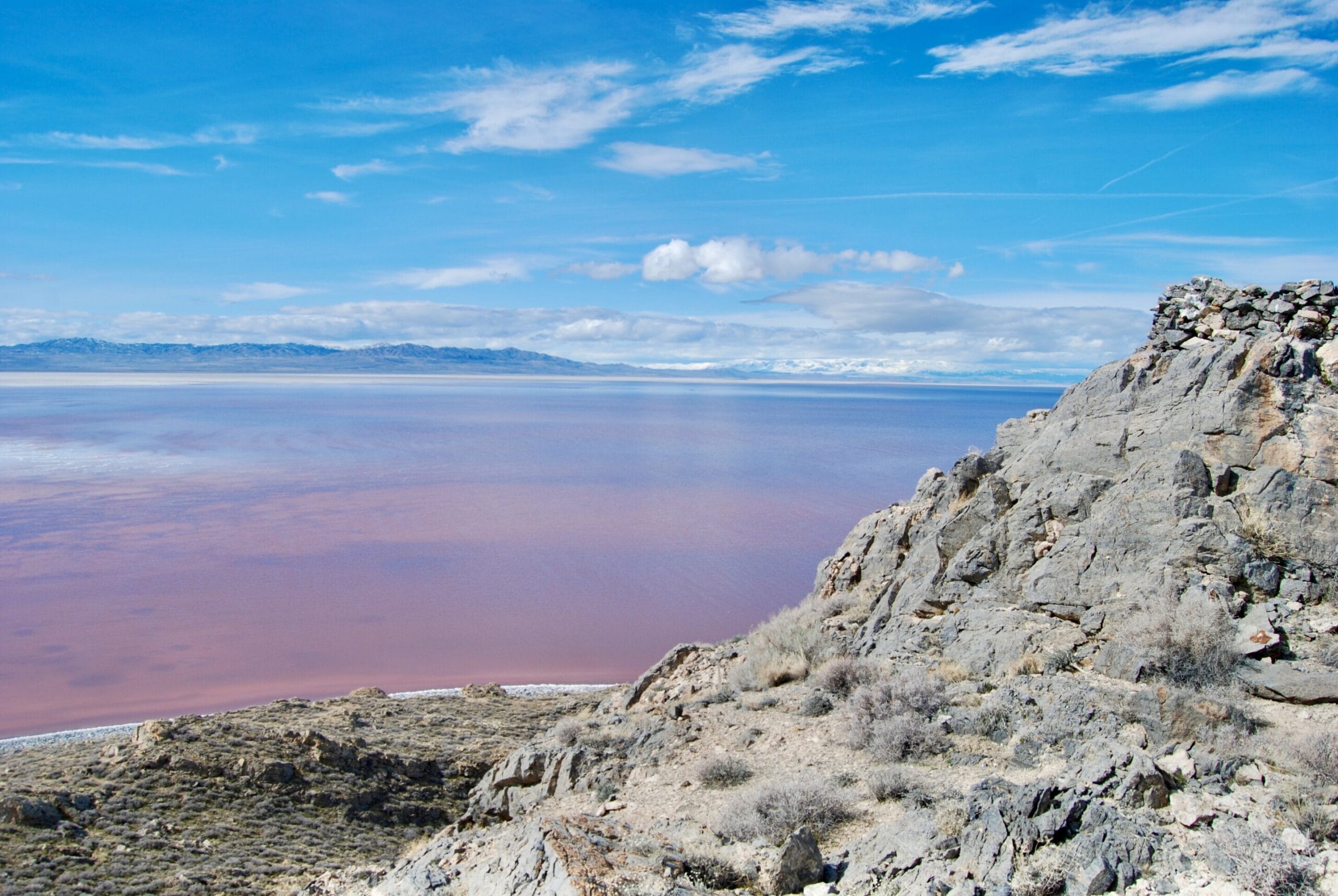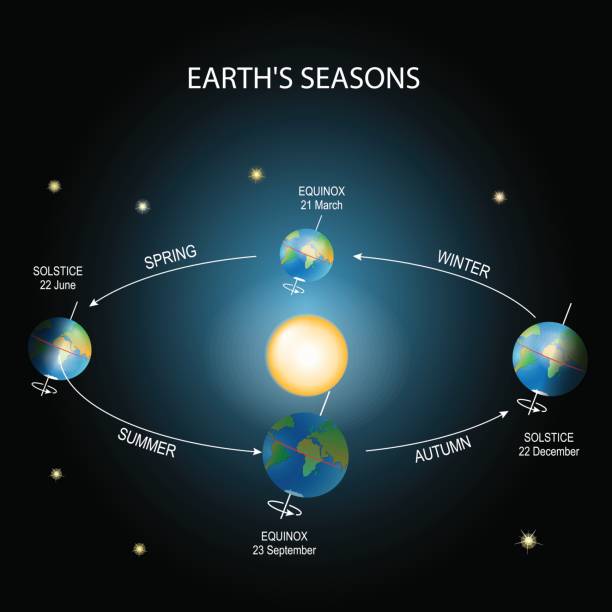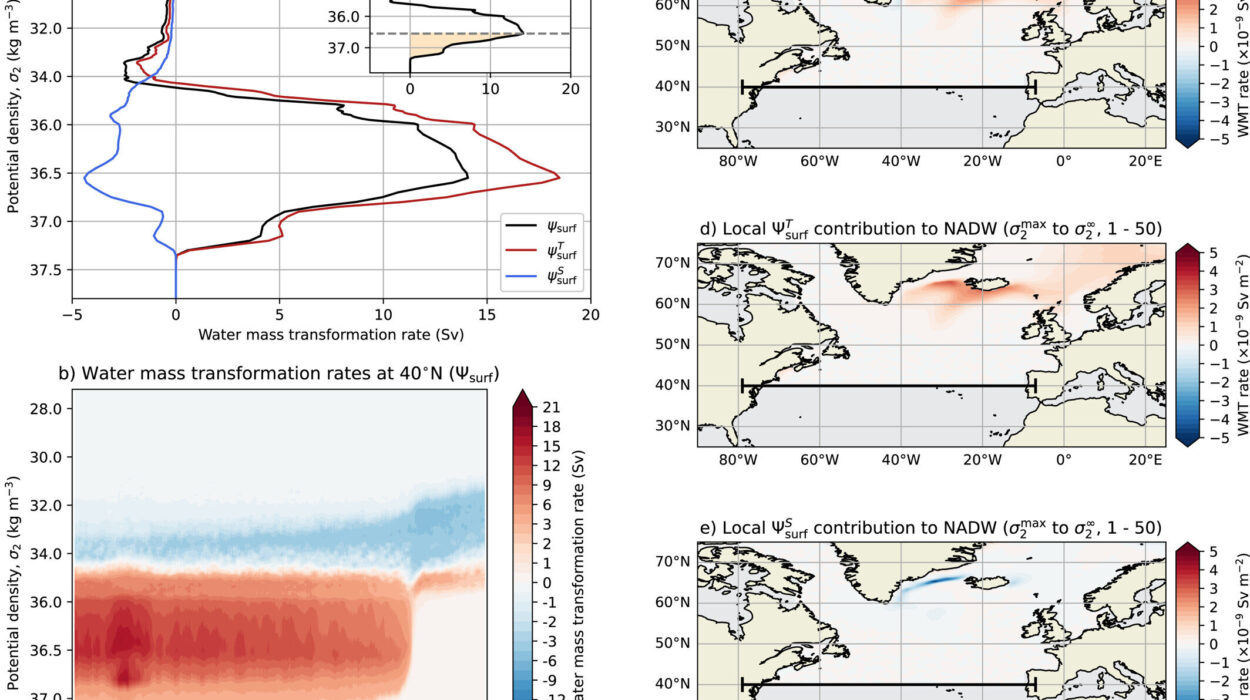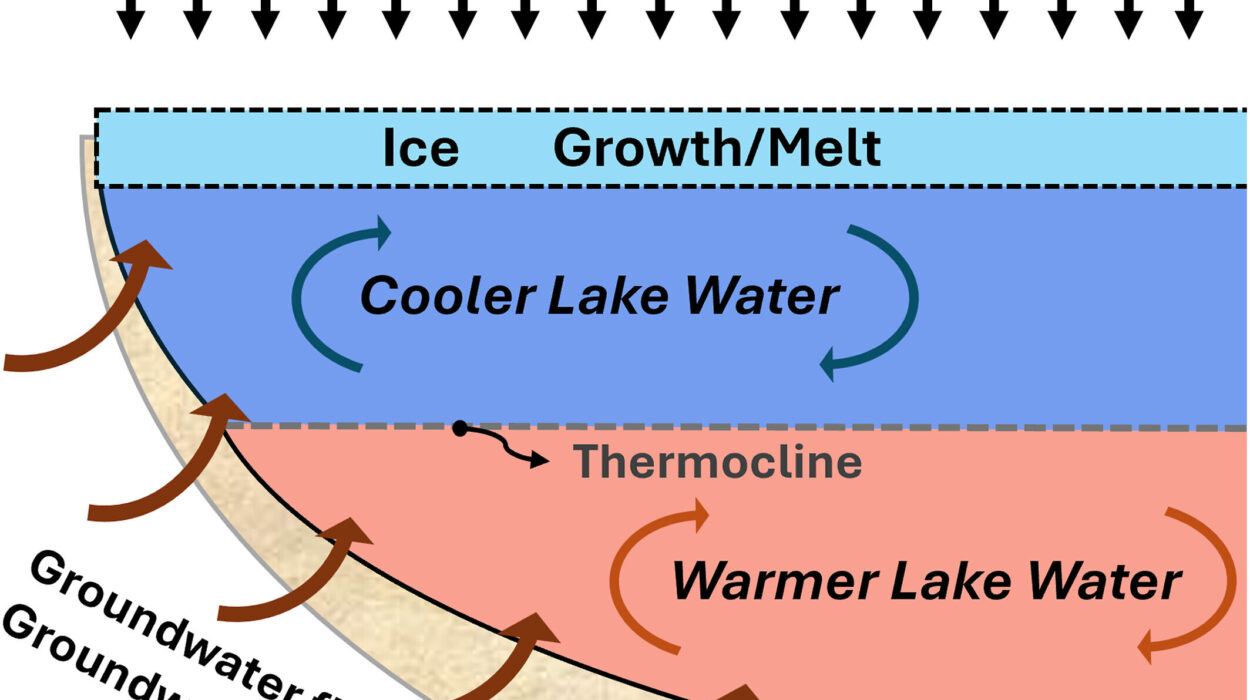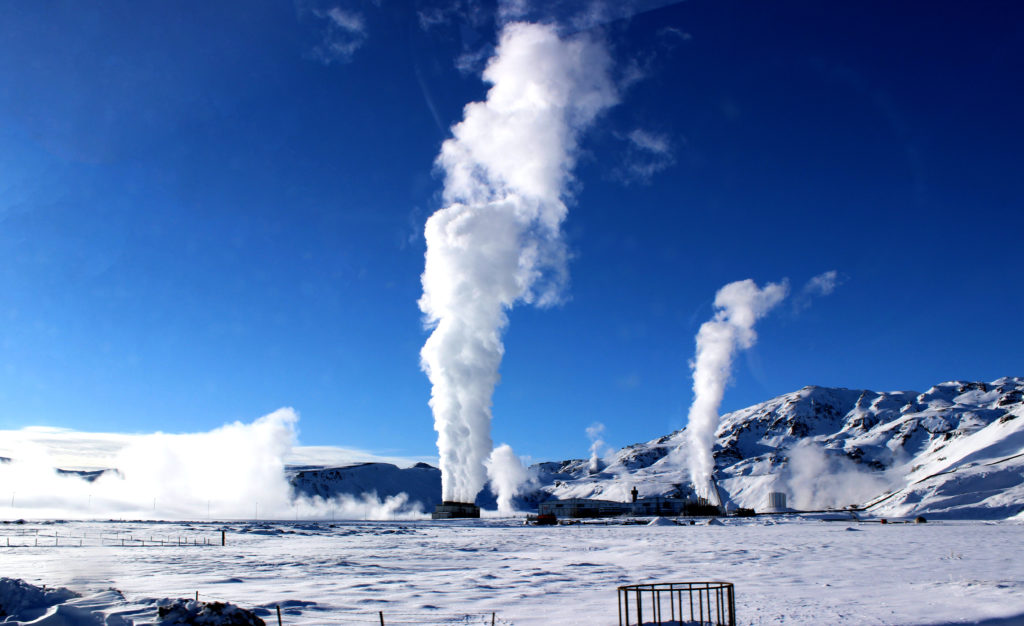Utah’s Great Salt Lake is not just a shimmering expanse of saltwater shimmering beneath the Wasatch Front. It is a memory keeper. For 8,000 years, it has quietly recorded every shift in rainfall, every drought, and every subtle change in the surrounding landscape. Its sediments — layered year after year on the lakebed — are like the rings of an ancient tree, whispering the story of a living ecosystem bound tightly to climate and water.
But a new study suggests that in just the past two centuries, human activity has jolted the lake into a chemical state not seen for at least 2,000 years. Where once the rhythms of the lake moved to the slow pulse of nature, they now bear the sharp imprint of irrigation canals, railroads, and a swelling human population.
Reading the Past in Mud and Stone
To uncover this history, Gabriel Bowen, a geoscientist at the University of Utah, turned to the mud beneath the water. By analyzing isotopes of carbon and oxygen trapped in sediments, Bowen and colleagues could reconstruct the lake’s water balance and carbon cycle — not just over decades, but over millennia.
“Lakes are great integrators,” Bowen explained. “They’re a point of focus for water, for sediments, and also for carbon and nutrients. If you listen carefully to the sediments, they’ll tell you the story of the entire watershed.”
The research, published in Geophysical Research Letters, fills a critical gap in our understanding of Great Salt Lake. Scientists have long studied its vast ancestor, Lake Bonneville, which covered much of Utah 20,000 years ago. They’ve also closely monitored the lake in the modern era, especially as drought and water diversions have pushed it toward record-low levels. But the middle ground — the last 8,000 years, after Bonneville receded but before modern industry — remained largely blank. Until now.
Two Stories Buried Beneath the Water
The team worked with two sets of sediment cores. One, a ten-meter core drilled south of Fremont Island in 2000, reaches back 8,000 years. The other, recovered by the U.S. Geological Survey, captures only the upper 30 centimeters — the past few centuries. Together, they tell a story of stability followed by disruption.
For thousands of years, the lake’s chemistry was governed by natural forces: the slow weathering of limestone in surrounding mountains, fluctuations in climate, and the trickle of organic matter from sparse vegetation. Then, suddenly, everything changed.
1847: The Arrival of Irrigation
The first major shift in the sediments dates to the mid-19th century, when Mormon settlers arrived in the Salt Lake Valley in 1847. Through irrigation, they transformed arid plains into green fields of crops. Water diverted from rivers nourished wheat, orchards, and livestock, while runoff carried organic carbon from these new farmlands straight into the lake.
Bowen’s isotope analysis captured this disruption in stark clarity. Carbon that had once come mainly from rocks now bore the fingerprint of plants.
“We see a big shift in the carbon isotopes,” Bowen said. “It goes from values linked to limestone weathering toward values tied to vegetation. It’s a signal you just don’t see in the previous 8,000 years of record.”
In other words, the lake’s carbon cycle had been rewritten — not by glaciers or tectonics, but by plows and irrigation ditches.
1959: A Railroad Divides the Waters
The second dramatic change arrived a century later. In 1959, Union Pacific constructed a 20-mile rock-filled causeway across the lake to replace a wooden rail trestle. This engineering feat sliced the Great Salt Lake into two very different halves.
The North Arm, cut off from river inflows, became hypersaline — one of the saltiest bodies of water on Earth. Meanwhile, the South Arm (Gilbert Bay) continued to receive fresh inflows from the Bear, Weber, and Jordan Rivers. For the first time in its history, Gilbert Bay was no longer a closed basin but an open system, bleeding water into the North Arm through engineered breaches.
Oxygen isotope ratios in the sediments told this story vividly. For thousands of years, the isotope record reflected the balance of evaporation and inflow. After 1959, the signature shifted dramatically, signaling a fundamental change in hydrology.
“We changed the lake’s plumbing,” Bowen said. “It wasn’t just a tweak — it was a structural reorganization of how water moves through the system.”
Counterintuitively, the causeway made Gilbert Bay fresher than it would have been otherwise, temporarily buffering against the rising salinity driven by drought and diversion. Yet that reprieve came at a cost: the creation of two ecosystems more extreme and more fragile than before.
Lessons From a Lake in Crisis
The Great Salt Lake today sits at the edge of ecological collapse. Record-low water levels expose toxic dust from the lakebed, threatening air quality for millions. Brine shrimp, migratory birds, and microbial communities that thrive in its unique chemistry now face an uncertain future.
Bowen’s findings deepen the urgency of this crisis. They remind us that the lake is not just reacting to climate change and natural variability — it has already been fundamentally reshaped by human decisions.
“If we look at the long record,” Bowen said, “the lake was pinned in a high-evaporation state for thousands of years. It only broke from that trajectory when humans came in, first with agriculture and later with the causeway.”
That shift, unprecedented in millennia, means modern management cannot simply aim to restore the lake to a “natural” state. The baseline has already been moved.
A Mirror for Our Choices
In the end, the sediments of Great Salt Lake are more than just mud. They are a mirror, reflecting the consequences of human choices across generations. They show us a lake that endured thousands of years of climate swings with resilience, only to be pushed into a new reality in the blink of geological time.
The story is sobering, but also empowering. If human activity has the power to transform a lake’s chemistry in just two centuries, then human action also holds the power to stabilize and sustain it.
Great Salt Lake is telling us something urgent. The question now is whether we are willing to listen.
More information: Gabriel J. Bowen, Multi‐Millennial Context for Post‐Colonial Hydroecological Change in Great Salt Lake, Geophysical Research Letters (2025). DOI: 10.1029/2025GL116597
